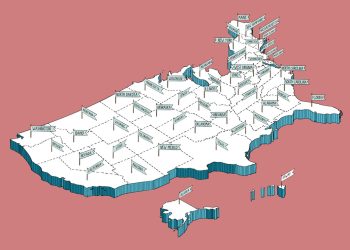Freddie Mac recently released a white paper examining the availability of affordable housing for renters in High Opportunity Areas, which provide residents with access to quality education, employment, health care and transportation. The research examines local land-use rules and access to high opportunity areas as defined by state Low-Income Housing Tax Credit (LIHTC) programs using three different markets as case studies: Chicago, Illinois; Columbus, Ohio; and Fairfax County, Virginia. The research, which is part of Freddie Mac’s Duty to Serve plan, is intended to aid the consideration of methods to increase access to high opportunity areas for low-income renters.
“Only about 11% of the very limited rental housing stock in high opportunity areas is affordable to low-income renters,” said Corey Aber, senior director of Multifamily Mission, Policy and Strategy at Freddie Mac, in a statement. “While we see some signs of more multifamily housing being built, much of the land is zoned for single-family housing. Affordable housing strategies that include the preservation of both multifamily and single-family rental housing can be important to increasing access to high opportunity areas and the economic mobility that might result.”
Freddie Mac’s research looks at the relationship between zoning and access to rental housing in high opportunity areas. The paper suggests that as states and localities undertake policy changes and provide economic incentives to create new supply, it is also important to consider how to best leverage the existing rental housing stock—both single-family rental and multifamily. Public and private innovations that seek to preserve or increase the affordability of existing rental housing of both types could help increase access to high opportunity areas for low-income renters in the near term.
Source: Freddie Mac











